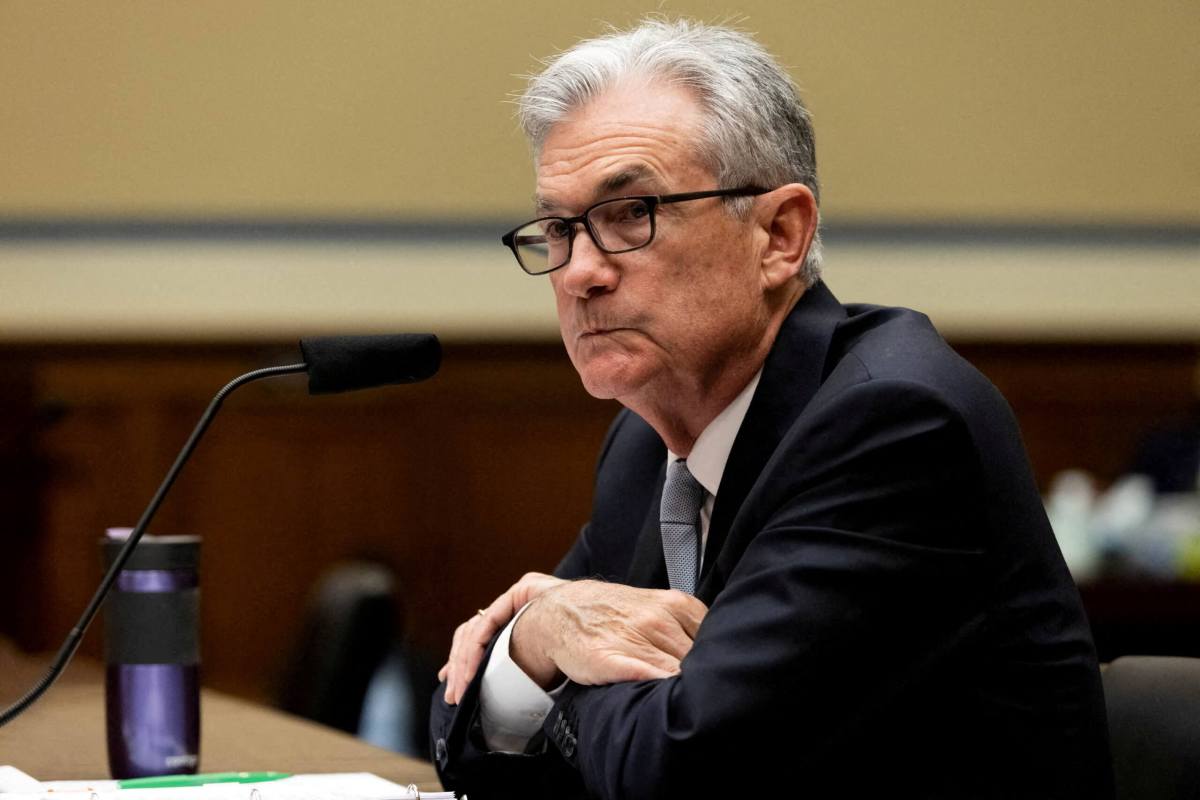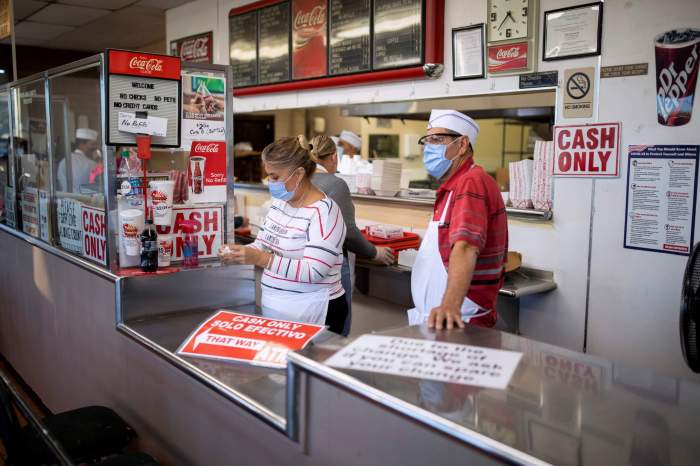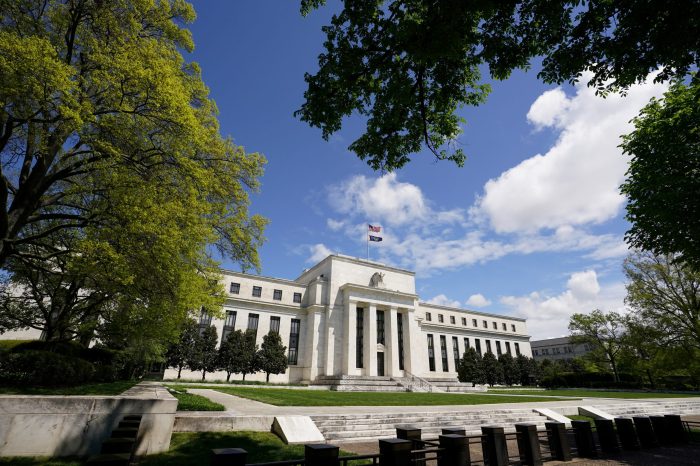Federal Reserve Chair Jerome Powell said on Wednesday he was “inclined to propose and support a 25-basis-point rate hike” at the U.S. central bank’s policy meeting this month but would be “prepared to move more aggressively” if inflation does not abate as fast as expected.
In remarks framed by the war in Ukraine, Powell told the U.S. House of Representatives Financial Services Committee that the economic outlook had become “highly uncertain,” and that the Fed wanted to “proceed carefully” as it shifts monetary policy in an already complicated situation.
But while his comments about the March 15-16 meeting put to rest debate over the Fed’s initial step in tightening policy, Powell said that does not mean the central bank won’t move faster at a later time.
“We will proceed carefully as we learn more about the implications of the Ukraine war on the economy,” Powell said in his testimony. “We have an expectation that inflation will peak and begin to come down this year. To the extent inflation comes in higher or is more persistently high … we would be prepared to move more aggressively by raising the federal funds rate by more than 25 basis points at a meeting or meetings.”
The Fed has maintained its benchmark overnight interest rate near zero since slashing it in 2020 to bolster the economy from the impact of the coronavirus pandemic.
Early in his appearance before the House panel, Powell addressed a range of questions about the Ukraine war, He said the U.S. central bank had begun to analyze scenarios about the possible impact but there was nothing in the data yet to warrant changing a Fed policy pivot that has been laid out since late last year in response to higher-than-expected inflation.
Major U.S. stock indexes opened higher, extending their gains as Powell spoke, and yields on Treasuries rose. The U.S. dollar jumped against a basket of major trading partner currencies.
“He preferred to keep the Fed’s options open … there was little pushback on current market rate expectations, which have plummeted since Russia’s invasion,” said Paul Ashworth, chief U.S. economist at Capital Economics.
In his testimony, Powell reiterated the core Fed narrative that high inflation, which is running at about three times the central bank’s 2% target, and an “extremely tight” labor market warrant higher interest rates.
The coronavirus pandemic’s impact on the economy appeared to be easing, the Fed chief told the lawmakers, hiring remains strong, and inflation had emerged as a chief risk.
Inflation “is now running well above our longer-run objective of 2%. Demand is strong, and bottlenecks and supply constraints are limiting how quickly production can respond,” Powell said. He added that those supply disruptions had been “larger and longer lasting than anticipated,” and restated the Fed’s promise to be as tough as necessary to bring prices back into line.
While some of those current inflation pressures are expected to ease later this year, “we are attentive to the risks of potential further upward pressure … We will use our policy tools as appropriate to prevent higher inflation from becoming entrenched.”
Yet Powell also acknowledged the new complexity the Fed faces from events in Europe that have the potential to both add to price pressures but also potentially undercut growth.
“The near-term effects on the U.S. economy of the invasion of Ukraine, the ongoing war, the sanctions, and of events to come, remain highly uncertain,” he said. “Making appropriate monetary policy in this environment requires a recognition that the economy evolves in unexpected ways. We will need to be nimble in responding to incoming data and the evolving outlook.”
IMPACT OF WAR
The persistently high inflation has surprised Fed policymakers who thought the run of fast price increases triggered by the pandemic would prove temporary.
Since last fall they’ve been debating what to do about it.
After starting the rate increases at its March 15-16 policy meeting, the Fed is expected to continue hiking borrowing costs throughout the remainder of this year.
While high inflation remains the Fed’s prime focus, Russia’s invasion of Ukraine has added a new dimension to policymakers’ analysis, with the potential to pull monetary policy in opposite directions. A sustained rise in energy prices and new limits around the movement of people and goods, for example, could drive inflation even higher.
But global economic growth may take a hit just as U.S. and European governments were hoping the pandemic was easing to the point that the last restrictions on businesses, schools, and socializing could be dropped.
Should the war in Ukraine grind on or even broaden into a wider conflict, the Fed could be called on to keep global dollar markets stable, a job that might conflict with plans to shrink its asset holdings.



































